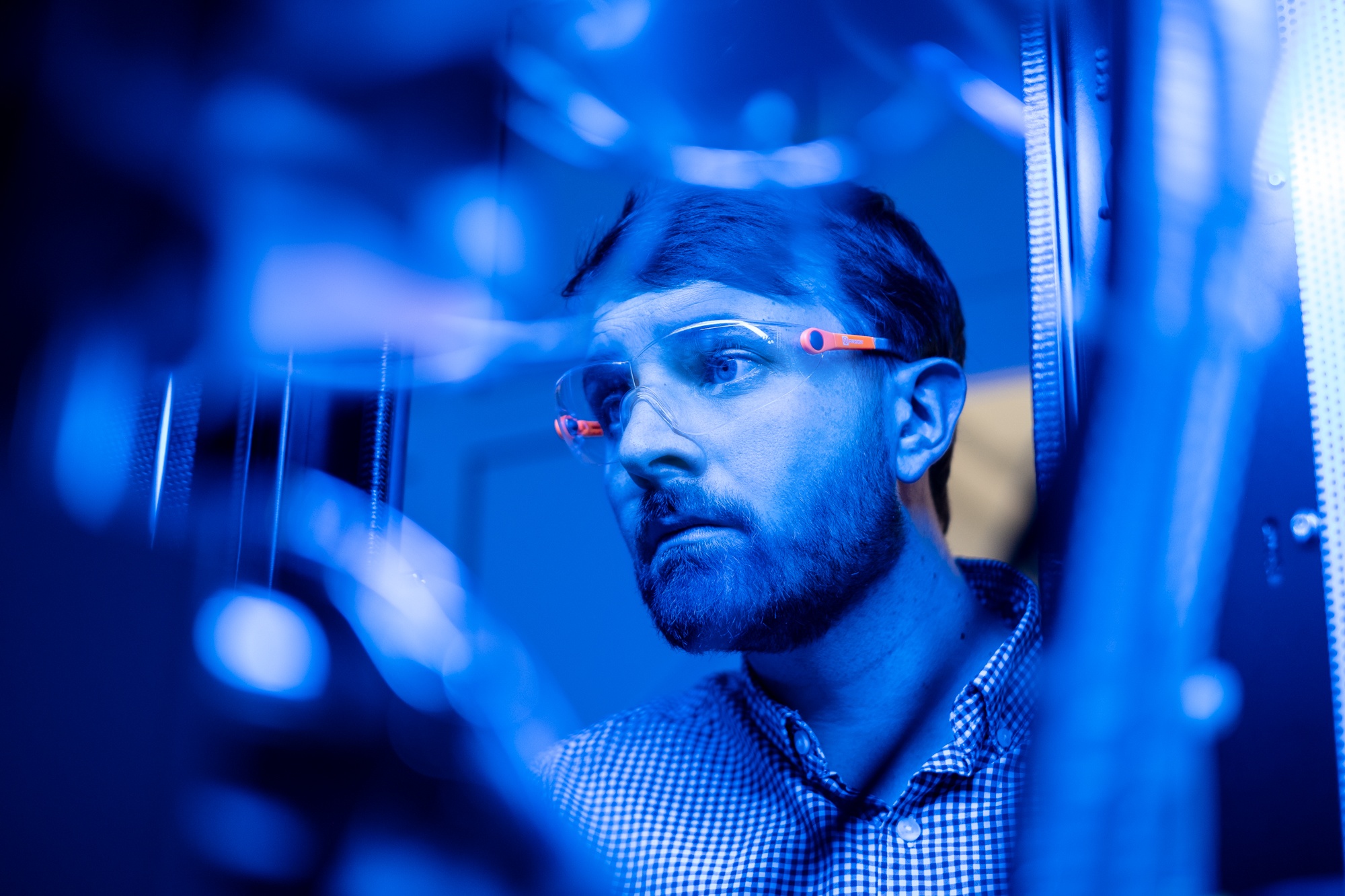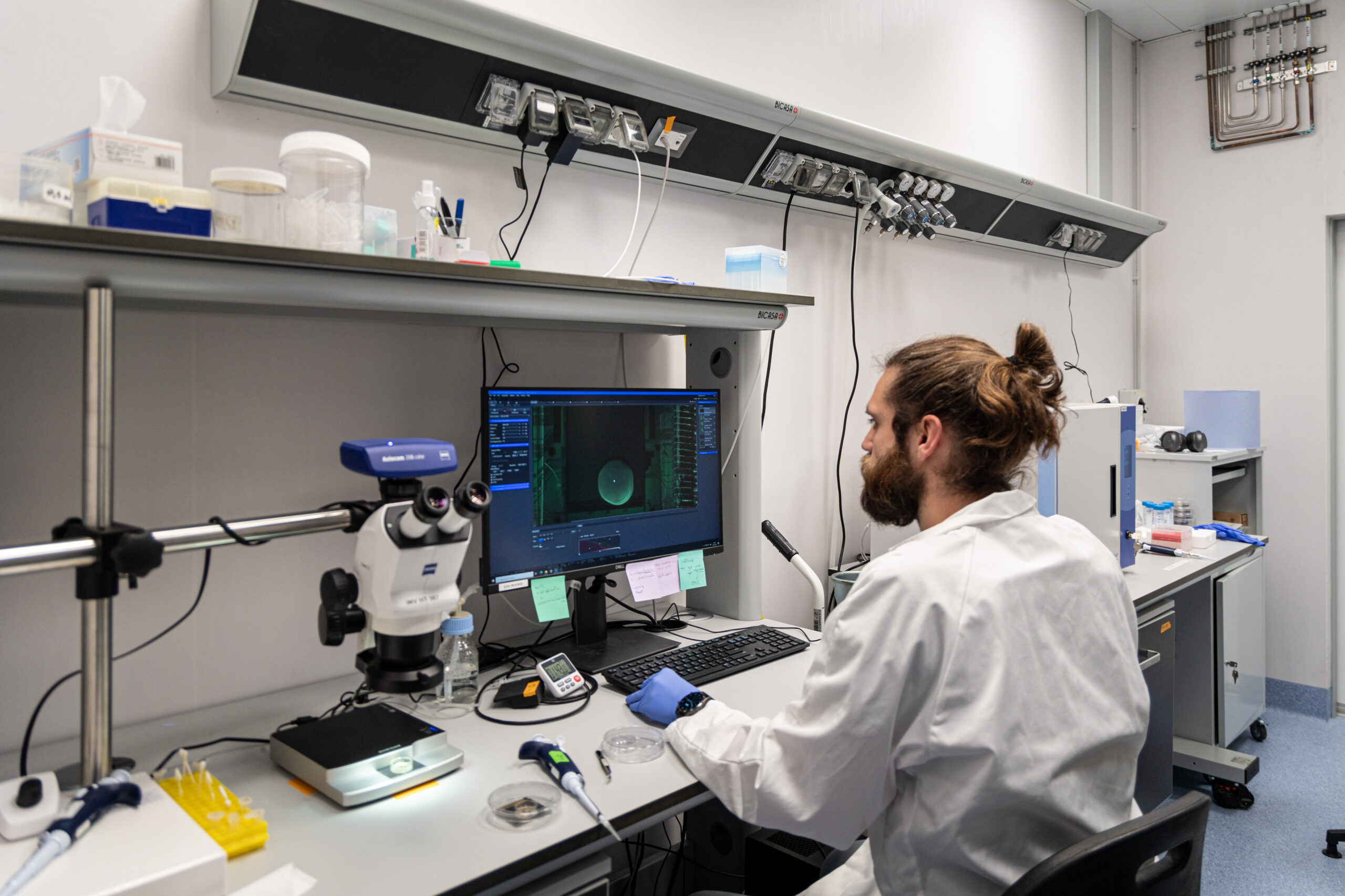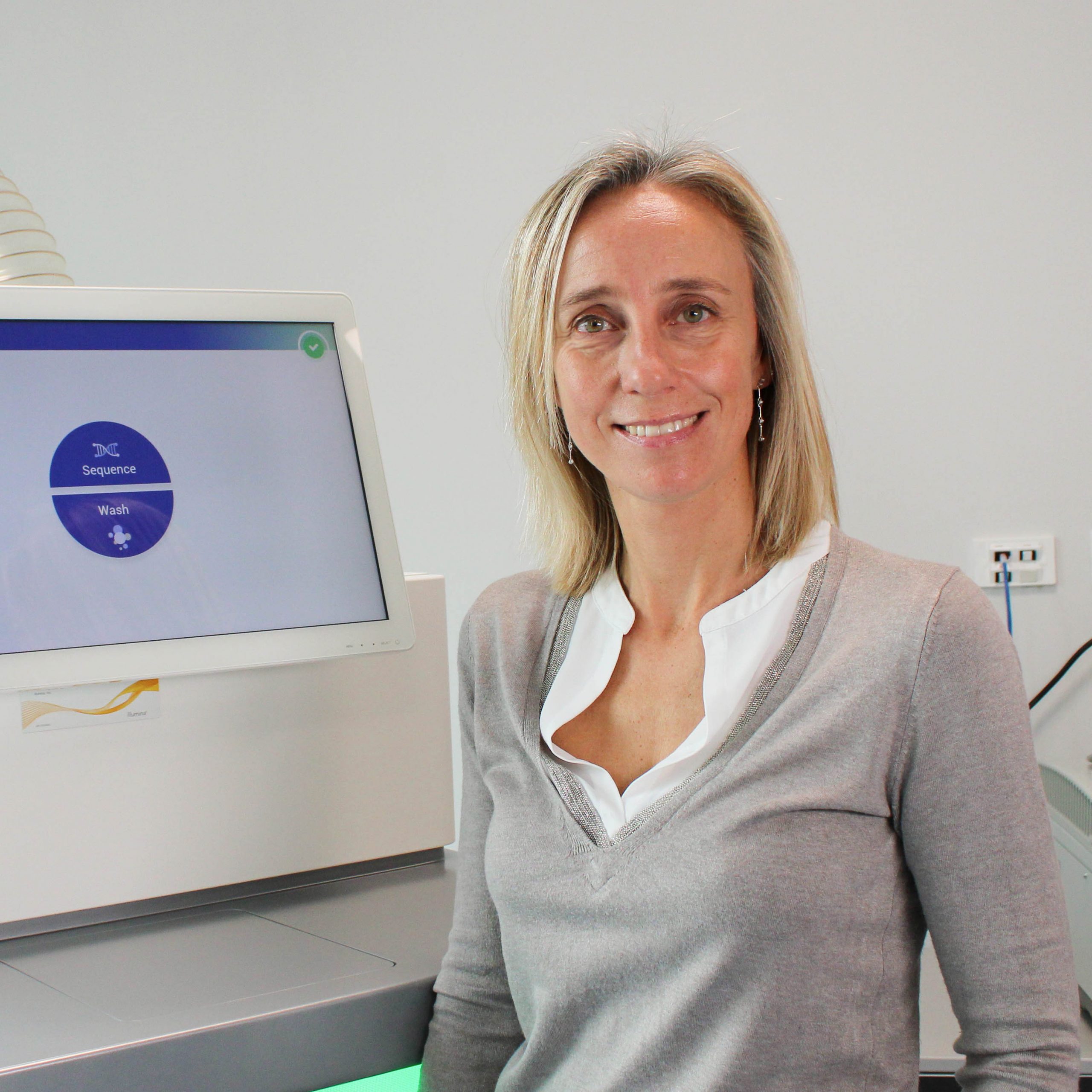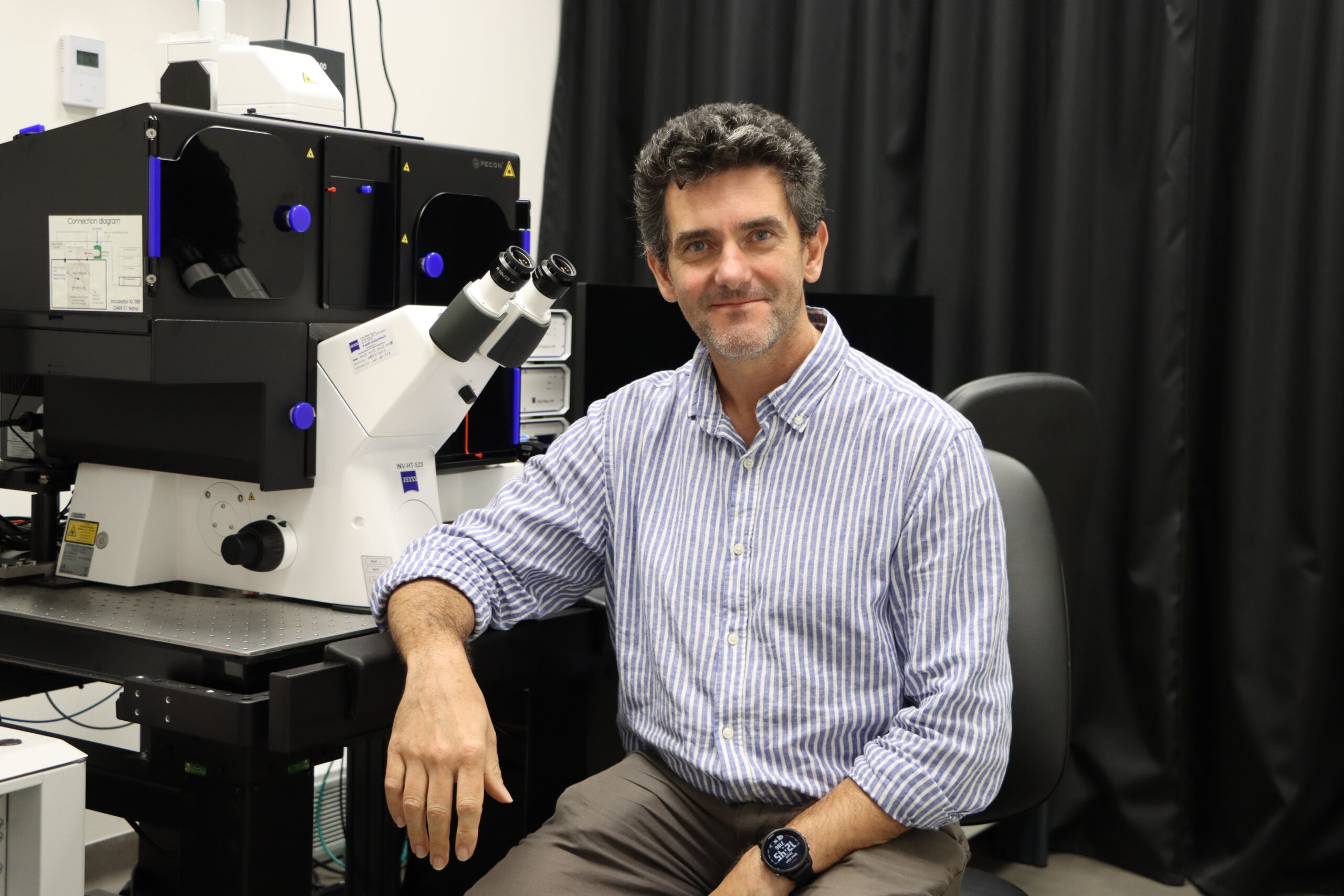Advancing Precision Immunotherapy for Paediatric Leukaemia with Alice Giustacchini and her Group
Meet Alice Giustacchini, Research Group Leader in Population and Medical Genomics. Her project, titled “Tailoring Precision Immunotherapy to Paediatric Acute Myeloid Leukaemia,” aims to study the cellular and molecular dynamics of CAR-T cell therapy in blood cancers.
Human Technopole’s National Facilities: new Call for Access now Open
The new call for Access to the National Facilities services is now open! The Human Technopole’s National Facilities continue to expand their support for cutting-edge research by launching the first Call for Access of 2025. Building on the success of the 24-PILOT call, to which over 120 projects have applied, this new opportunity allows researchers to benefit from state-of-the-art technologies and expertise.
National Facilities: A Milestone for 2024 and Exciting Plans for 2025
Following the launch of the first pilot call for access in June 2024, researchers across Italy enthusiastically responded, submitting over 120 applications to utilize the Human Technopole’s cutting-edge facilities for their innovative research projects.
The National Facility for Genomics with Clelia Peano
Meet Clelia Peano, Head of the National Facility for Genomics. The Facility offers cutting-edge services to develop robust experimental and analytical workflows to explore different genomic research areas, including DNA and RNA analysis, chromatin structure, and epigenetic mechanisms regulating transcription. The goal is to enhance genomic research in all its aspects, benefiting the entire Italian scientific community.
The National Facility for Light Imaging with Nicola Maghelli
Meet Nicola Maghelli, Head of the National Facility for Light Imaging at Human Technopole. The National Facility for Light Imaging is equipped with several high-end microscopy systems and instruments that enable both internal and external scientists to explore the microscopic world by imaging single cells and their components with high spatial and temporal resolution, potentially enhancing our understanding of diseases and paving the way for new therapies.




